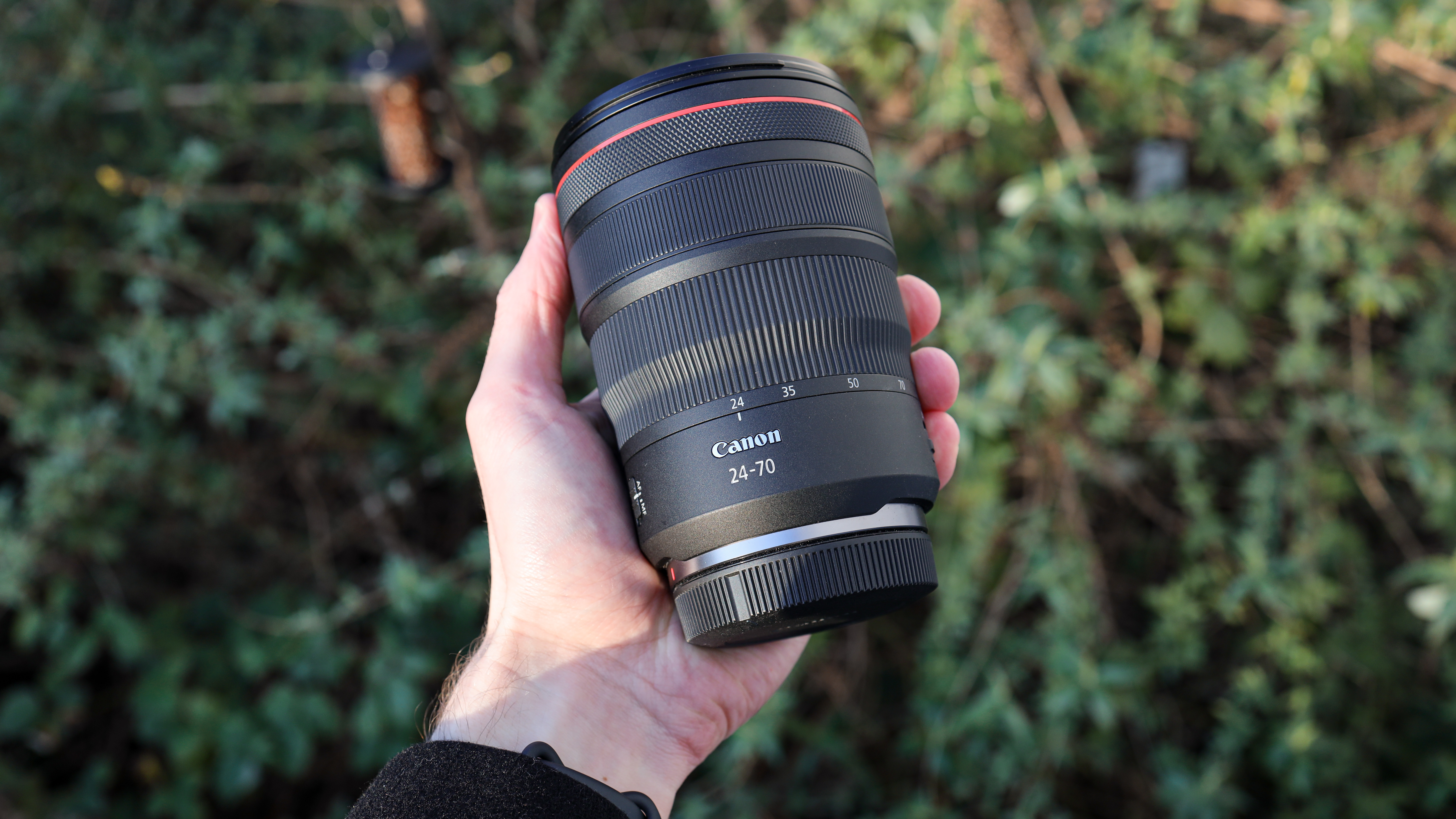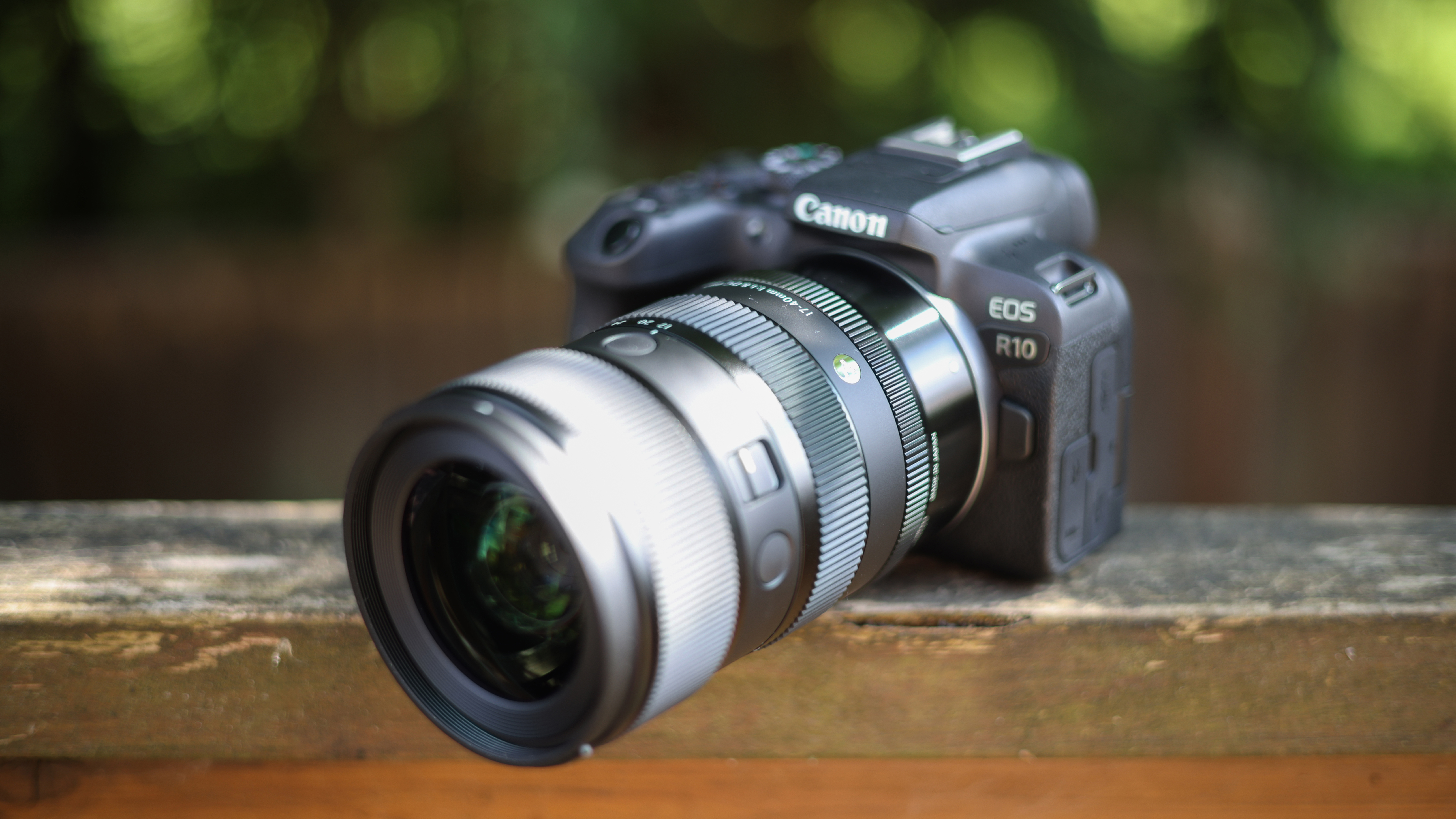Sigma's new lens isn't just a prime killer – it may be a full-frame camera killer, too
Not only does Sigma's f/1.8 APS-C zoom make prime lenses redundant – it might actually make full-frame redundant

It's a marketing promise that's been made for years: "This is the zoom lens that replaces your prime lenses." And it's never been true.
Until now.
I don't think enough has been said about quite how remarkable the new Sigma 17-40mm f/1.8 DC | A really is. Because not only, if you're an APS-C shooter, does it legitimately replace a bunch of your prime lenses, it might actually replace the need for a full-frame camera system altogether.
There are lots of asterisks involved in that premise, of course. So let me reframe the question about this lens, which is an effective 26-60mm f/1.8 on Sony, Fujifilm and L-Mount, and 27-64mm on Canon RF.
Consider this…
If I was buying a camera from scratch, would I be better served to get a full frame Canon EOS R8 and an RF 28mm f/2.8, RF 35mm f/1.8 and RF 50mm f/1.8 lens, or an APS-C Canon EOS R10 with the Sigma 17-40mm f/1.8?
In almost every way, the latter is a superior setup. It's smaller, lighter, cheaper, and gives you significantly more reach at the long end and a significantly faster aperture at the wide end. And, of course, it's one lens instead of three lenses (which don't even cover the same range).
Obviously, for bokeh freaks, you don't get the same shallow depth of field at those equivalent angles of view – though honestly, there's not a huge amount of difference between the Sigma zoom at 40mm at f/1.8 and the Canon 50mm prime at f/1.8 (and you get increased, effective magnification of 64mm).
The best camera deals, reviews, product advice, and unmissable photography news, direct to your inbox!
If you're a pixel peeper, you can compare our test charts between all those lenses – but from my real-world shooting, there's not much between them.
So at the very least, if you're an APS-C photographer, I think yes – this does in fact replace a bunch of primes.
There may be principles that mean you don't want it to (if you believe that fixed focal lengths are a "purer" way to shoot, for example), but in terms of performance you aren't losing anything unless you compare this to the superior f/1.4 and f/1.2 primes.
Does it really replace the need for full frame, though? Honestly, for some people, I think it could.
A whole lot of people, among them working professionals, have a 24-70mm f/2.8 standard zoom lens almost permanently fixed to the front of their full-frame camera. That covers everyone from enthusiasts and hobbyists to people who photograph weddings and events.
Now consider THIS…
So let's ask another version of my previous question. Would I be better off buying a full frame EOS R8 with a Canon RF 24-70mm f/2.L lens or an EOS R10 with the Sigma 18-40mm f/1.8 (which, again, gives us an equivalent 27-64mm range)?
Some perspective. The R8 will set you back $1,600 / £1,200 / AU$2,600 while the 24-70mm will run you $2,600 / £2,600 / AU$4,200. By contrast, the R10 goes for $980 / £850 / AU$1,500 and the 17-40mm costs $920 / £780 / AU$1,500.
That's $4,200 / £3,800 / AU$6,800 for the full-frame combo versus $1,900 / £1,630 / AU$3,000 for the APS-C setup.
Now you tell me: is the extra 3mm at the wide end and 6mm at the long end worth over double the cost? Or the perceived "better image quality" of a larger sensor? The better sensitivity I'll give you, but I seriously can't remember the last time I intentionally shot above the R10's ISO32,000 ceiling.

Yes the 24-70mm f/2.8L lens performs better if you pixel peep. But all most people really care about is how different the rendering is – and if you're worried about your blurry backgrounds, 70mm at f/2.8 looks almost identical to 40mm at f/1.8 (which, again, benefits from the magnification of being an effective 64mm on Canon APS-C).
Personally, I'd go the APS-C route and either sink the extra cash in a second body or a bunch of additional glass – or better yet, just keep that money in my bank account.
Obviously one lens isn't going to make an entire sensor format extinct. But for a certain kind of shooter, who primarily shoots in the standard zoom range, you might have to reexamine a lot of received wisdom about what full-frame really has to offer.
Sigma's new lens redefines a lot of the rules. And if you're an APS-C user, or someone who's weighing up whether to upgrade to a larger sensor, you might just find that bigger isn't really better.
You might also like…
If you think I'm full of hogwash, take a look at the best full frame cameras. And if you own one (or both!) of them, check out the best lenses for the Canon EOS R8 and the best lenses for the Canon EOS R10.

James has 25 years experience as a journalist, serving as the head of Digital Camera World for 7 of them. He started working in the photography industry in 2014, product testing and shooting ad campaigns for Olympus, as well as clients like Aston Martin Racing, Elinchrom and L'Oréal. An Olympus / OM System, Canon and Hasselblad shooter, he has a wealth of knowledge on cameras of all makes – and he loves instant cameras, too.
You must confirm your public display name before commenting
Please logout and then login again, you will then be prompted to enter your display name.

